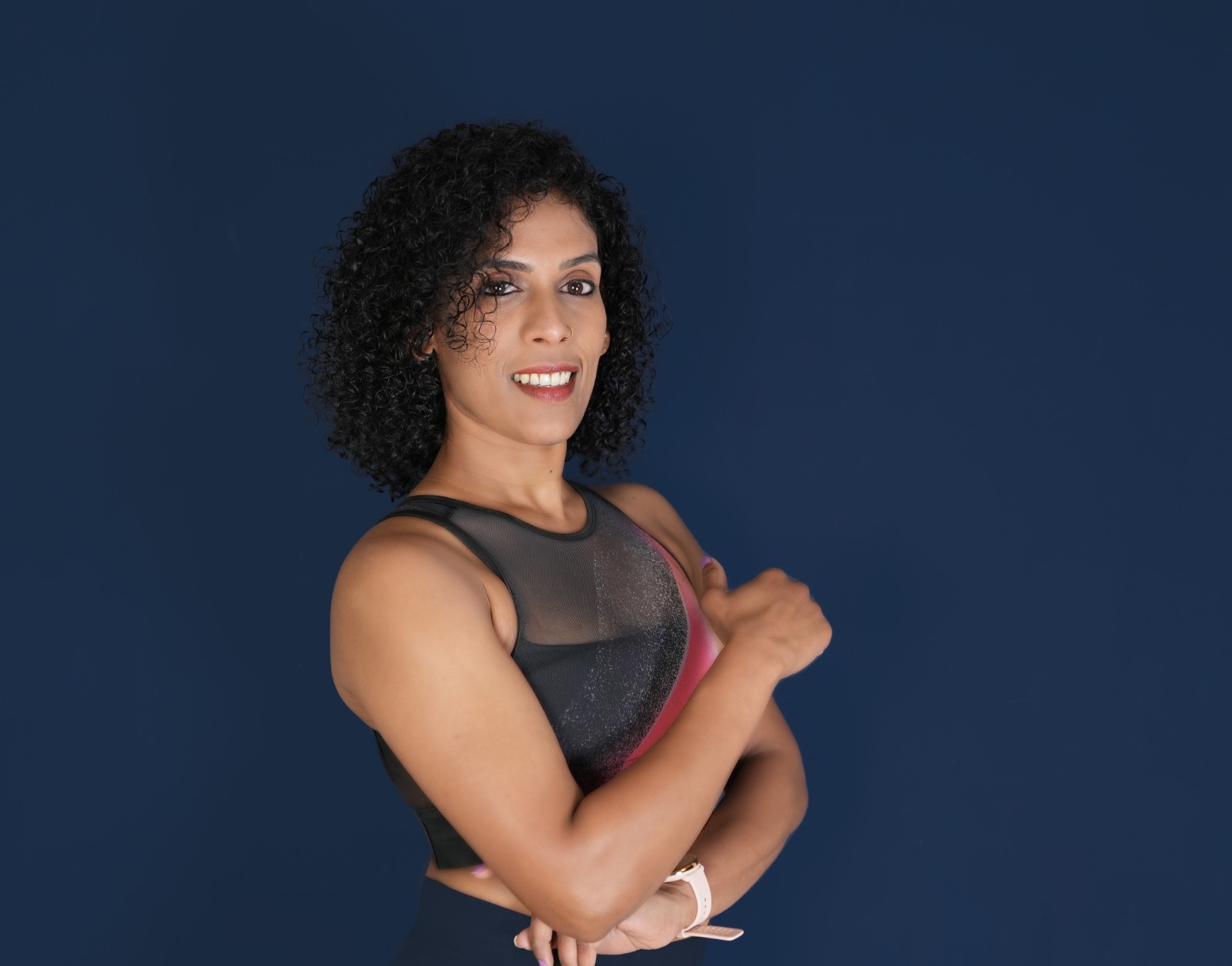Quicklinks
Menu
United Kingdom Office
- 8, Hutton Place, Aberdeen, UK
- admin@fitfoody.com
- 0044-01224663008
- Monday – Friday
India Office
- 218, Kandanassery, Kerala, India
- admin@fitfoody.com
- +91 88912 08872
- Monday – Friday




